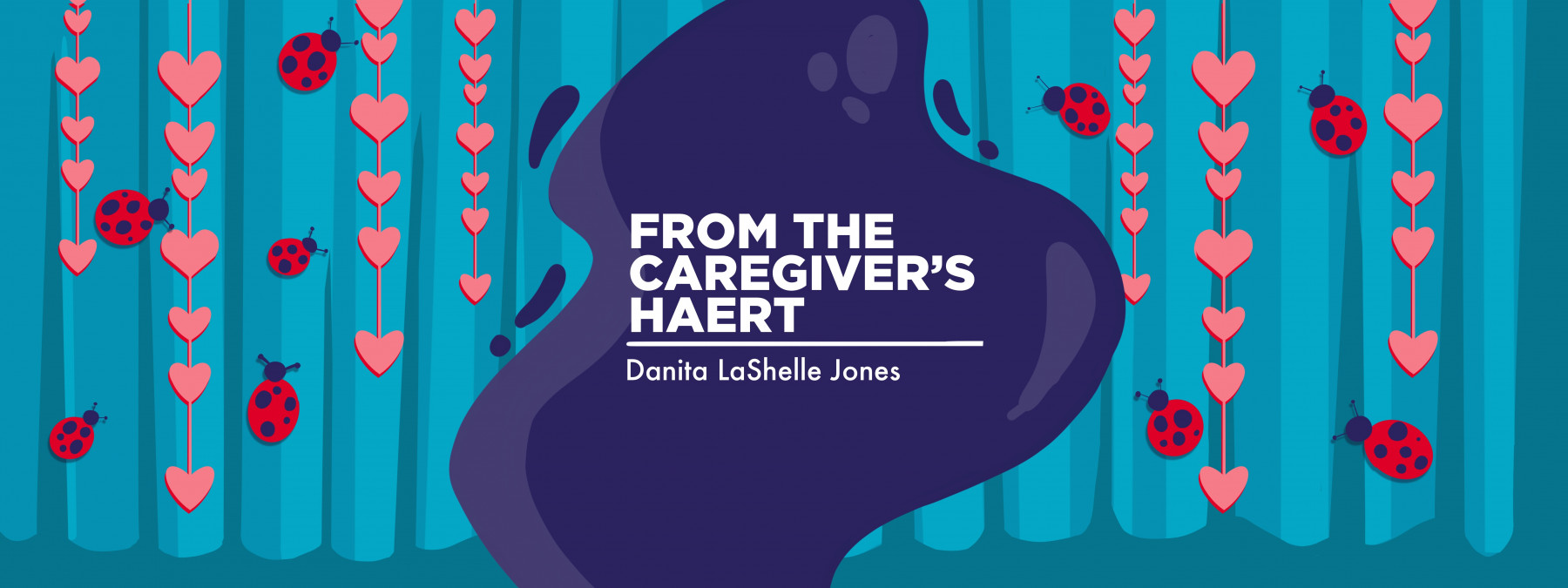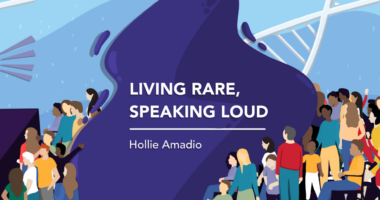When she recognizes her HAE symptoms, it feels like a win
Learning to identify and respond to early-onset symptoms can be a challenge

“Did you say you have to potty?” I gasped with delight.
My toddler nodded vigorously from where he was standing near the couch.
Taking no chances, I tossed my laptop on the cushion, scooped the 2.5-year-old up, and ran him to the nearest bathroom. With only seconds to spare, our son made it. After weeks and weeks of negotiating, bribing, and several tears, he’d done it. Our firstborn made it to the potty after telling us he had to go.
The celebration in the bathroom was epic. After he washed his hands, we danced a conga line back to the living room while singing Elmo’s potty song. Although there were some minor accidents after that day, I was grateful we were headed in the right direction.
A few years later, after having our second child, whom we lovingly call Ladybug, and our twins, I felt we deserved whatever potty-training award they give parents. And what was our secret? How did we teach all four of our children to use the bathroom?
I have no idea.
The truth is, after experiencing this milestone four times, I don’t think there’s much of a secret to potty training; it’s more about a child finally figuring out that a physical feeling, no matter how slight, means it’s time for them to head to the toilet.
The challenge, however, comes when you have to persuade that same child not to ignore that feeling when sleepy, playing, eating, riding in the car, at the mall, and at other inconvenient moments when the urge to use the restroom arises. Although this step proves harder depending on the child, once we threw away the last pair of pullups, I was convinced I’d never have to revisit this type of training.
I was incorrect.
Still figuring it out
When Ladybug was officially diagnosed with hereditary angioedema (HAE) in 2021, we were grateful that we could administer Berinert treatment at home. After a few successful training sessions with the nurse, the purchase of a small medical refrigerator, and a gorgeously organized drawer system that contained all the needed supplies, I thought we were in the clear. Finally, with immediate access to this medication, we’d rarely see the inside of a hospital, and Ladybug would be on the road to living a normal life with only a few flares a year.
That was not the case.
After learning that a Berinert infusion is most effective in the early stages of an HAE flare, I spent a lot of time trying to get Ladybug to acknowledge her early symptoms by bombarding her with questions.
“Is your face hurting? Are you tired? Are your hands tingling?” I would interrogate. Overwhelmed with that method, Ladybug would still ignore her prodromes or confuse them with other symptoms, and we’d find ourselves attempting to put out forest fires.
“She’ll figure it out,” her doctor told us after I finished venting during a telehealth visit.
“When?”
“When she figures it out,” he replied.
It wasn’t the answer I was looking for, but I had to trust that eventually, Ladybug would be able to connect each symptom with what she needed.
“Mom,” she said last week at dinner. “My face is starting to hurt. I need a shot.”
Her admission stopped my fork midscoop. I’d been waiting for this moment since 2021. After 15 minutes and a successful vein prick, Ladybug received her medication. I’d dreamed of this moment when a perfectly timed infusion meant no hospitals, no missed school, and no swelling.
So what’s the secret to getting your teenager to recognize their early-onset symptoms? I have no idea. And just like in potty training, the next time may not be so successful. But last week, everything came together, and that’s a victory I don’t mind celebrating.
Note: Angioedema News is strictly a news and information website about the disease. It does not provide medical advice, diagnosis, or treatment. This content is not intended to be a substitute for professional medical advice, diagnosis, or treatment. Always seek the advice of your physician or other qualified health provider with any questions you may have regarding a medical condition. Never disregard professional medical advice or delay in seeking it because of something you have read on this website. The opinions expressed in this column are not those of Angioedema News or its parent company, Bionews, and are intended to spark discussion about issues pertaining to angioedema.








Leave a comment
Fill in the required fields to post. Your email address will not be published.